Unfortunately, in nature, everything is not always perfect and correct. So, the dentition is far from being even for everyone, but the bite is correct. Often the placement of teeth in the oral cavity requires correction. To correct the bite and align the dentition in dentistry, brackets are used – systems. There are several types of braces – systems, each with its own advantages and disadvantages. To install bracket – systems have medical indications. What are the types of braces – systems and what are the indications for their installation, read on estet-portal.com.
What is a bracket – system? Why is it necessary?
The bracket is a small fastener, it is attached to the tooth enamel and remains for the entire period of treatment. The metal arc is made of titanium-nickel alloy. This alloy is unique in having "shape memory". From any bent position, the arc returns to its original shape. Thus, the arch curved by the teeth constantly strives to take its original shape, while shifting the teeth. Bracket – system has a rubber ring or metal wire that connects the arc.
Installation bracket – systems in many cases is simply necessary. After all, in addition to the development of complexes and self-doubt due to the unevenness of the dentition, bite defects can provoke some dental problems: muscle dysfunction – articular apparatus of the jaws, the development of periodontitis, caries, gingivitis due to difficulties in hygiene procedures, abrasion of tooth enamel and asymmetry of the face.
Medical indications for the installation of braces – system:
- Curvature of the dentition.
- Large gaps between teeth.
- Crowding in the arrangement of the teeth.
- Chewing dysfunction.
- Uneven jaw development.
- Bite defects.
Advantages and disadvantages of different types of braces – systems
There are different types of braces – systems, each with its own advantages and disadvantages. Let's consider them in more detail.
- Metal braces – The most common braces for dental treatment in adolescents. The disadvantage of this type of bracket – systems is their lack of aesthetics.
Dignity:
- easy to clean;
- keep well on the teeth;
- color may change when changing ligatures;
- easy to use, do not hurt cheeks and lips.
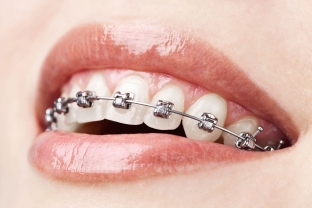
- Transparent braces – systems – different materials are used for their manufacture, including plastic, fiberglass, etc. Their advantage is their invisibility.
Weaknesses:
- restriction in the period of use;
- fragility;
- restriction on the lower jaw;
- used only to eliminate mild forms of pathologies.
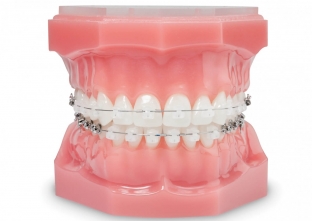
- Brackets made of sapphires or ceramics, which are artificially created and invisible on the teeth.
Dignity:
- attach well to teeth;
- high aesthetics;
- reliability, durability.
Weaknesses:
- high cost;
- The need for careful and meticulous oral hygiene.
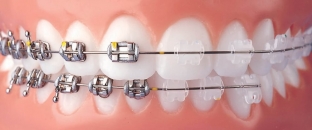
- Lingual bracket systems are attached to the inner surface. Their advantage is that they are invisible when worn.
Weaknesses:
- long treatment period;
- wearing rubs the tongue;
- impossibility of application in children's practice;
- there are contraindications for certain types of bite;
- the diction changes during the period of getting used to the braces.
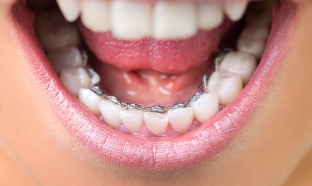
- Ligature-free braces – a new look, which differs in that the arc is closed with clips. The advantage of the system is the reduction of the treatment time by 25%, as well as their aesthetics.
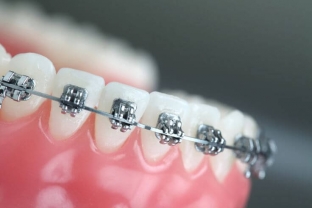
Bracket – systems are quite widespread in dentistry for the correction of defects in the dentition and occlusion. In the presence of such problems, the child should not waste time and hope that the dentition will align itself. Bracket – systems effectively correct defects in the dentition.







Add a comment